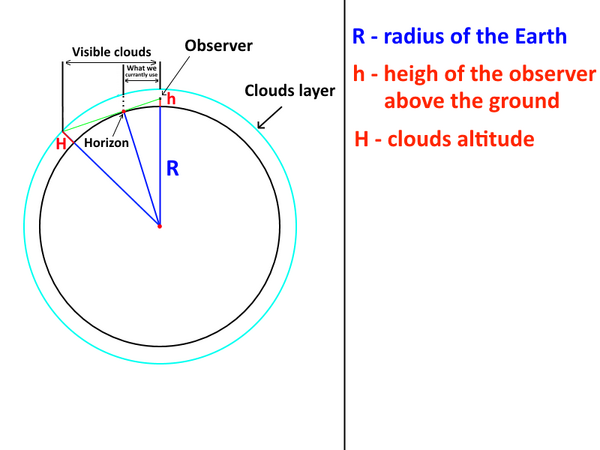- 32,359
- 20,299
Also the fact that we have some normal users actually wanting this so to wank pretty much everyone who dissipates or makes a storm ever intro Country level or higher is pretty bad. People don't care for accuracy, just for what can make their characters stronger.

